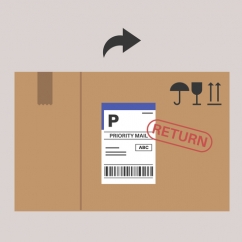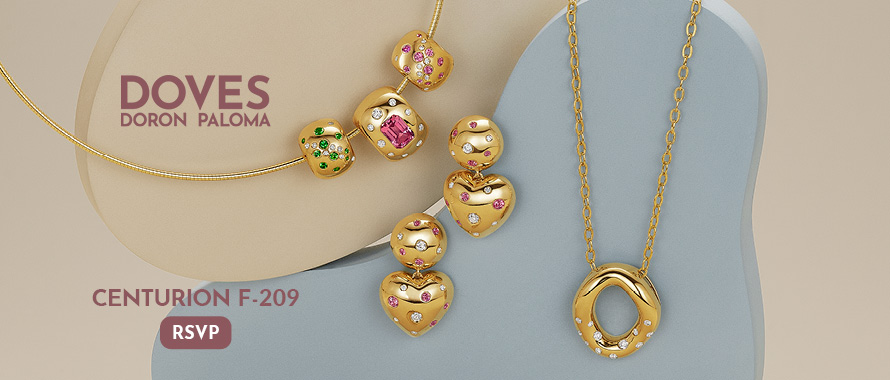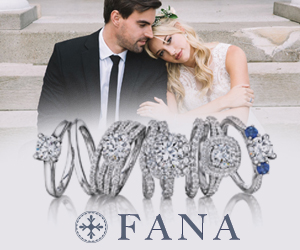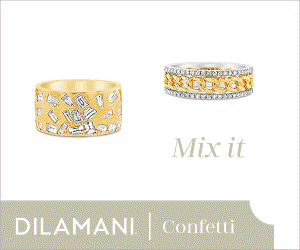Sales Strategy
How Jewelry Brands Can Create Smart, Customer-Friendly Return Policies in 2025 May 23, 2025 (0 comments)

Columbus, OH--The jewelry market offers playful, low-cost accessories as well as bespoke, high-value pieces, making it critical for brands to tailor their return policies accordingly.
[Image via iStockphoto.com]
A one-size-fits-all policy won't cut it in 2025. According to an article by Loop, e-commerce jewelry has an average return rate of about 8%, relatively low compared to other categories. Yet, even this modest figure brings challenges, from sizing mismatches and gift returns to growing concerns around return fraud.
Return policies for high-end pieces need extra care to ensure items come back in perfect condition, while low-ticket items may cost more to process than to refund outright. The article highlights the complications of personalized jewelry, which often can't be resold and should have clearly defined exceptions.
It states that jewelry brands face unique fraud risks—like gemstone swaps or empty box scams—making strong inspection and fraud prevention protocols necessary.
Flexible, Transparent, and Cost-Smart Return Tactics
1. Adjust Flexibility Based on Your Product Range
Not every return policy needs to be strict. The article recommends introducing flexibility where it benefits both the brand and the buyer:
- Warranties: Offering warranties can enhance trust as coverages can help convert cautious shoppers.
- Exchanges Over Refunds: Incentivize exchanges with perks like free shipping or bonus credits, especially for size-sensitive items like rings.
- Variable Return Windows: While a 30-day window is common, the article suggests extending it for exchanges to reduce outright returns.
- "Keep Item" Exceptions: For very low-cost items, it may be more economical to issue refunds without requiring a return, winning customer goodwill in the process.
2. Communicate Exceptions Clearly
Transparency is key, especially for personalized or one-of-a-kind pieces. As highlighted by Loop, brands can disclose return limitations directly on product pages to prevent misunderstandings.
Make sure your returns portal reflects these differences. Customers should instantly see which items are eligible for return and under what conditions. This reduces the likelihood of friction and failed return attempts.
Protecting High-Value Returns Without Alienating Buyers
3. Add Subtle but Effective Safeguards
Jewelry brands don't need to come off as suspicious or defensive when dealing with expensive items. Instead, the article recommends building trust through customer-first solutions with back-end protection:
- Prepaid, Insured Return Labels: Help customers avoid costly insurance for returned shipments.
- Packaging Guidelines: Provide clear instructions to prevent in-transit damage—encouraging reuse of original packaging or proper boxing.
- Communication at Every Step: Automated updates reassure customers during the return process, especially with high-ticket items.
- Manual Inspection Process: Verify that returned items are genuine and intact before issuing refunds to avoid costly fraud.
- Fraud Detection Tools: According to Loop, custom fraud-detection algorithms can flag suspicious return behavior before items arrive, allowing brands to intervene early.
Learn more in this article by Loop.






